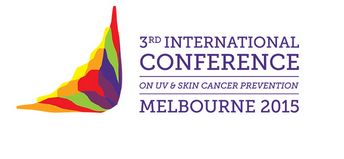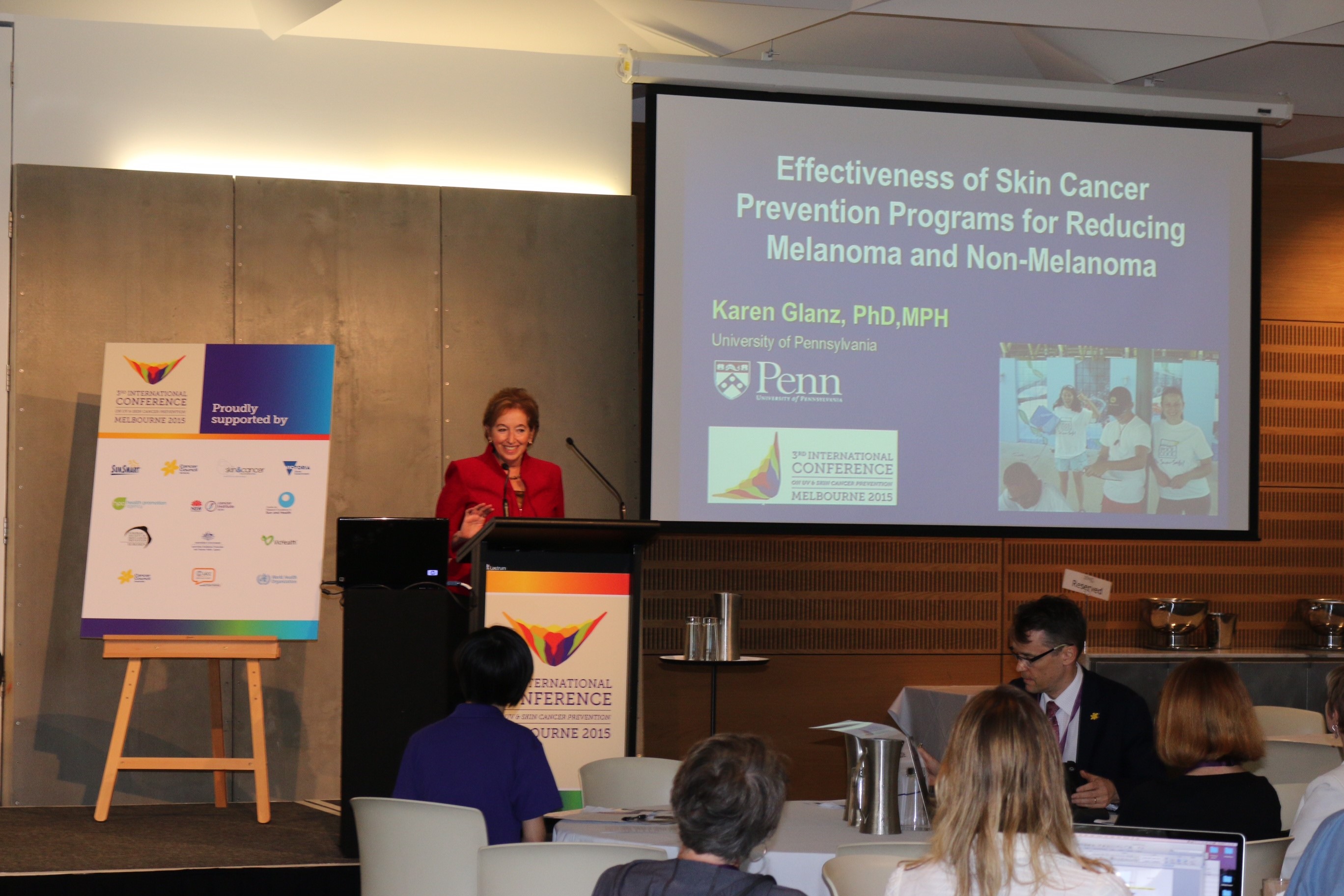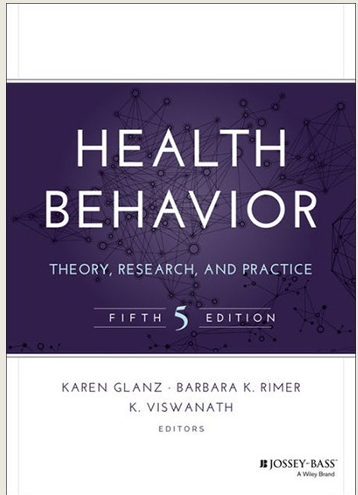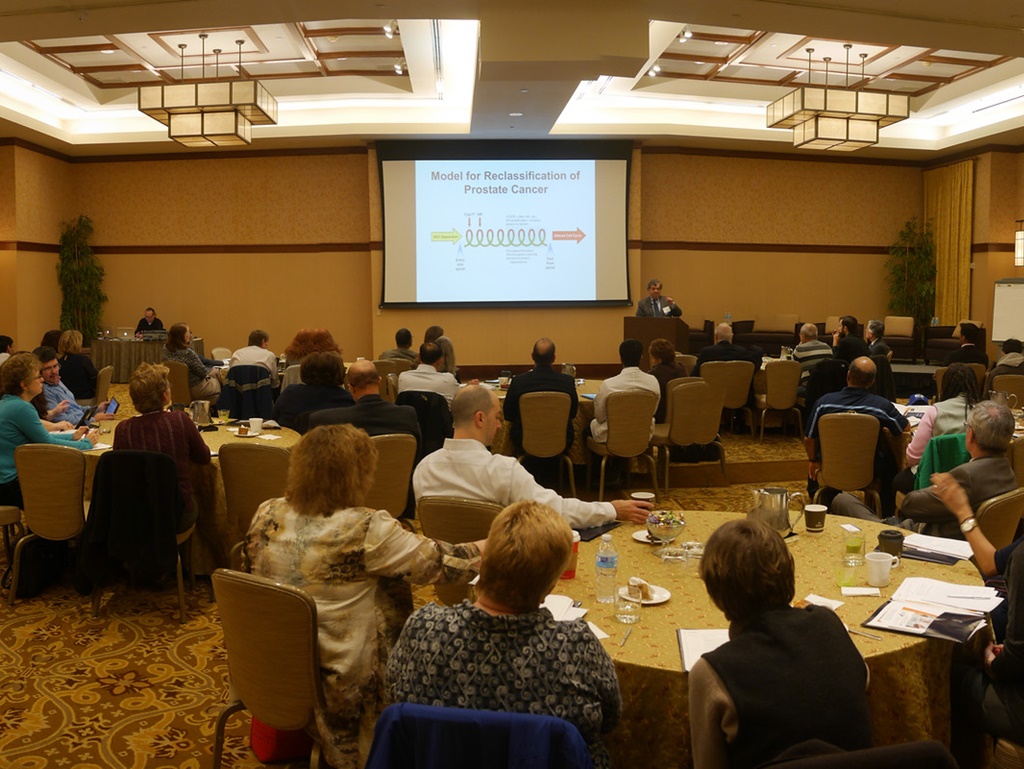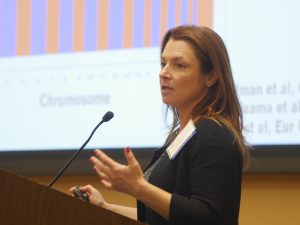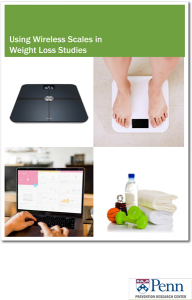UPenn PRC Director, Karen Glanz, PhD, MPH, Discusses PRC Mission and Goals at ASPPH Annual Meeting
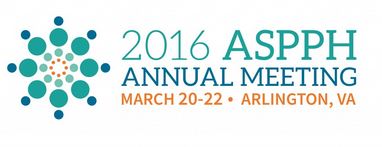 UPenn PRC Director, Karen Glanz, PhD, MPH, joined other PRC Directors in a session to mark the 30thAnniversary of the CDC’s Prevention Research Centers Program at the Association of Schools & Programs of Public Health (ASPPH) Annual Meeting March 20-22, 2016 in Arlington, Virginia.
UPenn PRC Director, Karen Glanz, PhD, MPH, joined other PRC Directors in a session to mark the 30thAnniversary of the CDC’s Prevention Research Centers Program at the Association of Schools & Programs of Public Health (ASPPH) Annual Meeting March 20-22, 2016 in Arlington, Virginia.
Dr. Glanz and her fellow PRC directors discussed the past accomplishments of their centers and the prevention challenges they are currently addressing. In addition to these challenges, other session topics included the Congressional and administrative history of the program, the future goals of the program, and its interaction with other federal research funders.
The Prevention Research Centers Program is a network of 26 academic research centers in 24 states. Each PRC studies how people and their communities can avoid or counter the risks for chronic illnesses. These centers are located at either a school of public health or a medical school that has a preventive medicine residency program. As a result, the centers are leaders in translating research results into policy and public health practice.

(Peggy Hannon, PhD, MPH, Health Promotion Research Center, University of Washington, Lisa Powell, PhD, Illinois Prevention Research Center, University of Illinois – Chicago, Mehran S. Massoudi, PhD, MPH (CAPT, USPHS), Director, PRC Program, CDC, Karen Glanz, PhD, MPH, University of Pennsylvania Prevention Research Center, University of Pennsylvania, Carolyn Johnson, PhD, MS,Tulane Prevention Research Center, Tulane University)


 PHILADELPHIA, January 14, 2016 — The
PHILADELPHIA, January 14, 2016 — The 
